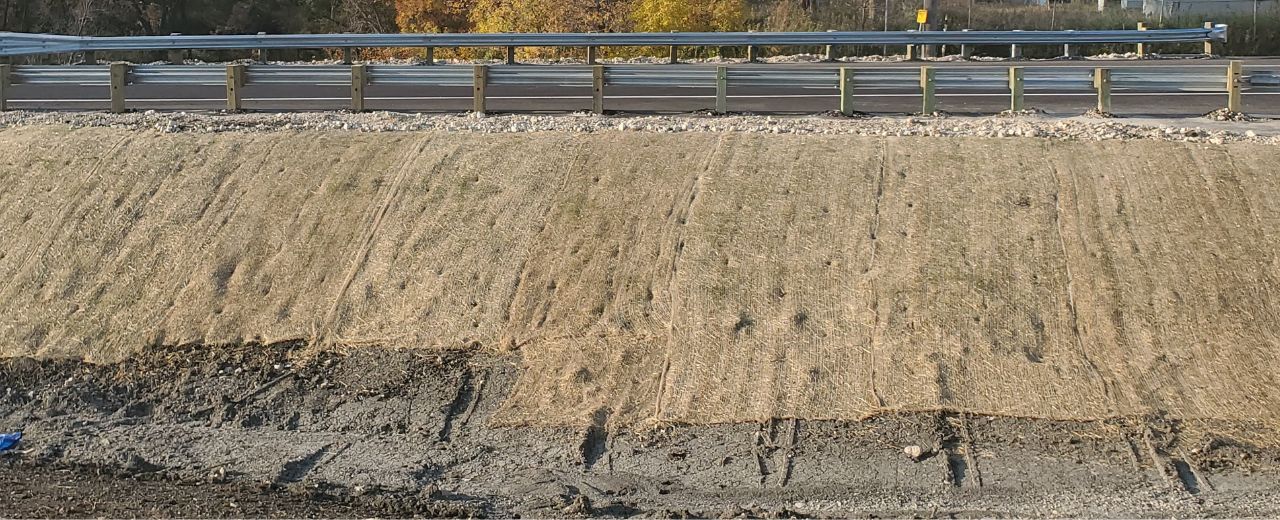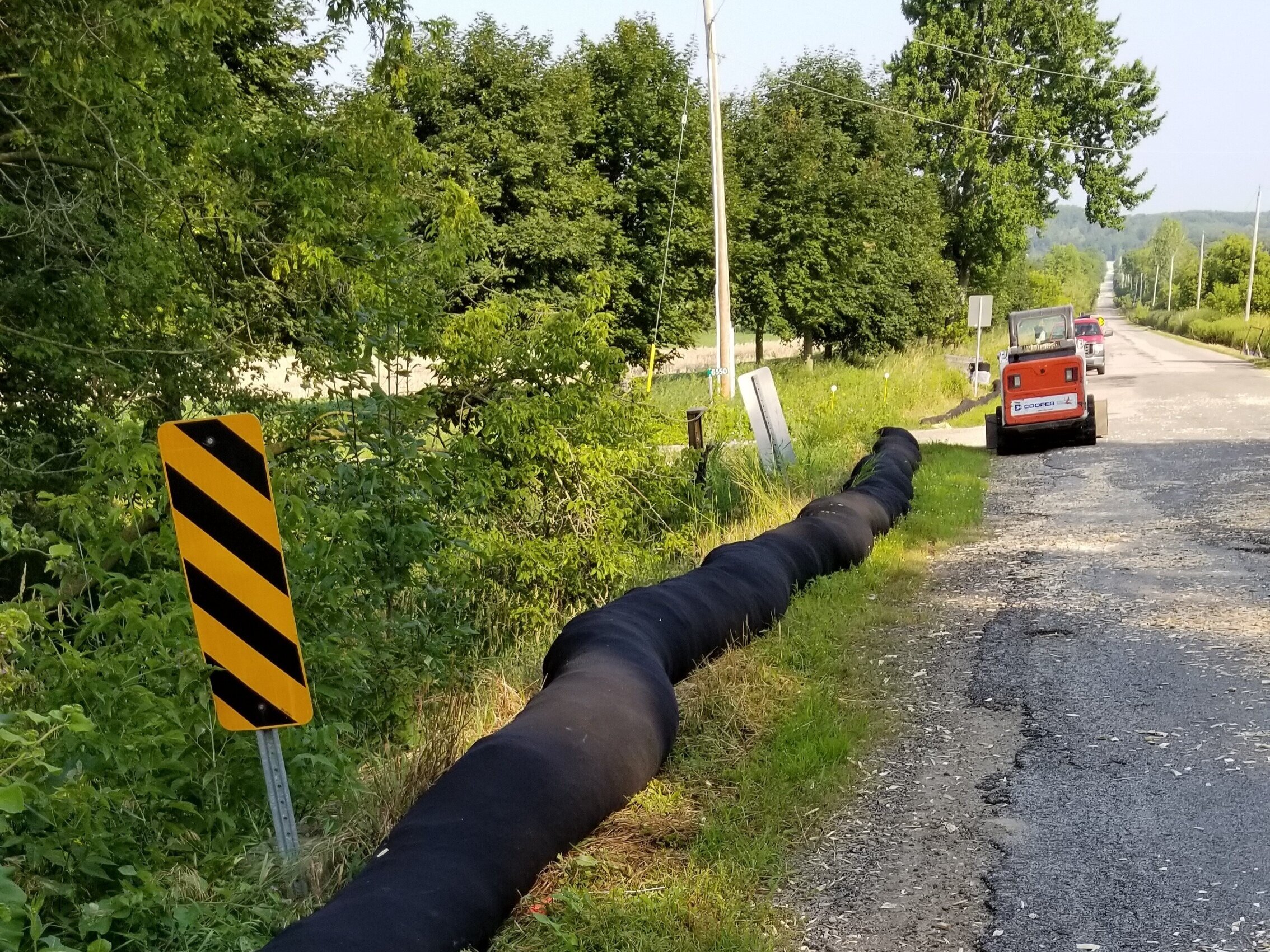Hydroseeding Solutions: A Greener Approach to Land Management
Efficient Erosion Control Methods for Sustainable Land Management
Are you looking for means to properly take care of disintegration on your land? Discover the different types of erosion and their impact on your land, as well as all-natural techniques to manage erosion. Learn just how to implement effective erosion control procedures and make certain appropriate surveillance and maintenance.
Relevance of Erosion Control in Lasting Land Management
Due to the fact that it helps stop soil deterioration and loss,Disintegration control is necessary for sustainable land monitoring. By executing reliable erosion control methods, you can ensure the lasting health and efficiency of your land. Without proper disintegration control measures, soil disintegration can occur, causing the loss of valuable topsoil that is abundant in nutrients essential for plant growth.
One of the major factors erosion control is very important is because it assists to keep dirt fertility. It takes away the natural issue and nutrients that plants need to prosper when dirt erodes. This can lead to minimized plant returns and reduced efficiency of the land. In addition, disintegration can lead to sedimentation in close-by water bodies, which can negatively affect water environments.
One more secret advantage of disintegration control is the prevention of land destruction. Disintegration can cause the loss of important topsoil, which takes years to create naturally. This loss of topsoil can cause barren and unproductive land, making it challenging for plants to expand and for ecological communities to prosper. By applying disintegration control methods such as terracing, contour plowing, and using cover plants, you can assist avoid land deterioration and keep the health and wellness of your land.

Kinds Of Disintegration and Their Effect On Land
Comprehending the various kinds of disintegration and how they impact the land can help you implement much better land administration practices. Disintegration is the procedure through which dirt, rocks, and other materials are progressively deteriorated and delivered by natural forces such as ice, wind, and water. There are 4 main kinds of disintegration: sheet disintegration, rill disintegration, gully erosion, and mass activity erosion.
Sheet erosion happens when a thin layer of dirt is removed consistently from the surface of the land. Rill disintegration, on the various other hand, happens when tiny channels or rivulets are created on the land due to the flow of water.
Gully disintegration is more serious and occurs when bigger gullies or channels are created due to the continual flow of water. This sort of erosion can cause significant damage to the land, causing loss of topsoil and plants. Lastly, mass motion disintegration describes the activity of large amounts of soil and rocks downhill because of the pressure of gravity. This can take place in the kind of landslides or dropping.
Understanding these different types of disintegration and their influence on the land is vital for reliable land management. By executing erosion control methods such as terracing, shape plowing, and reforestation, you can reduce disintegration and maintain the honesty of the land. Additionally, practicing great land monitoring strategies like correct plant rotation, preserving ground cover, and utilizing debris control procedures can further assist in preventing erosion.
All-natural Erosion Control Methods for Lasting Land Monitoring
By executing all-natural erosion control techniques, you can properly handle and maintain the honesty of your land. One efficient method is the use click for info of vegetation, such as plants and turfs, to stabilize dirt and stop erosion. Growing my review here native varieties can assist enhance origin thickness and bind the soil with each other, minimizing the danger of disintegration triggered by heavy rains or wind (silt fences). In addition, mulching is one more all-natural method that can aid manage disintegration. By applying a layer of natural compost, such as wood chips or straw, you can shield the soil from the influence of raindrops, minimizing soil compaction and drainage. An additional natural disintegration control technique is contouring the land. By creating shape lines or terraces on inclines, you can decrease the flow of water and enable it to penetrate the dirt, minimizing disintegration. In areas where erosion is a significant issue, installing disintegration control coverings or floor coverings can be useful. These mats are constructed from eco-friendly products and help stabilize the dirt up until vegetation is developed. In general, by utilizing these all-natural erosion control techniques, you can effectively handle and secure your land from disintegration, ensuring its long-term sustainability.
Applying Reliable Disintegration Control Actions

One such approach is the use of disintegration control coverings. Furthermore, planting plant life is an essential step in disintegration control. By carrying out these shown erosion control approaches, you can efficiently shield your land and lessen the risk of disintegration and its harmful effects.
Monitoring and Upkeep of Disintegration Control Strategies
When tracking and maintaining disintegration control steps, it is necessary to frequently evaluate the erosion control blankets, terraces, plants, and debris control actions to guarantee they are operating effectively and efficiently avoiding erosion (Memphis Erosion Control Solutions Memphis TN). By carrying out regular examinations, you can recognize any type of issues or deficiencies in the disintegration control techniques and take required activities to rectify them
Beginning by examining the disintegration control coverings. Look for indications of damage or wear, such as tears or exposed soil.
Examine for indicators of erosion, such as sediment build-up or irregular surface areas. Guarantee that the terraces are effectively made and preserved to draw away water flow and lower disintegration.
Assess the plant life in the erosion visit this website control location. Correct plants coverage assists maintain the soil and stop erosion.
Finally, inspect the sediment control procedures, such as debris basins or sediment fences. See to it they are correctly mounted and functioning as meant. Eliminate any kind of built up sediment and make certain that the controls are appropriately kept.
Regular tracking and upkeep of disintegration control actions are important for their lasting performance in avoiding disintegration and preserving lasting land monitoring practices.
Conclusion
In verdict, you must prioritize erosion control for lasting land monitoring. By recognizing the various types of erosion and their influence on the land, you can carry out efficient natural disintegration control techniques.
Discover the different kinds of erosion and their impact on your land, as well as natural methods to control erosion. There are 4 major types of erosion: sheet disintegration, rill erosion, gully disintegration, and mass motion disintegration.
By implementing disintegration control techniques such as terracing, shape plowing, and reforestation, you can minimize disintegration and preserve the integrity of the land (Memphis Erosion Control Solutions excavation). Overall, by making use of these natural disintegration control approaches, you can efficiently take care of and secure your land from disintegration, guaranteeing its lasting sustainability
By recognizing the different kinds of disintegration and their influence on the land, you can execute effective all-natural erosion control techniques.